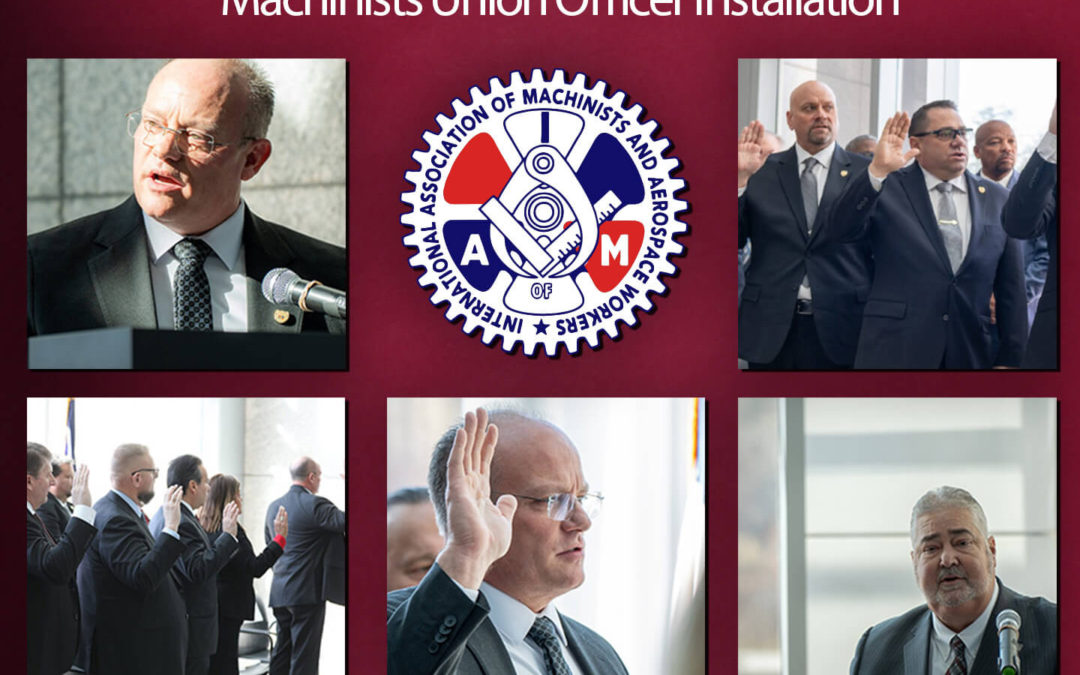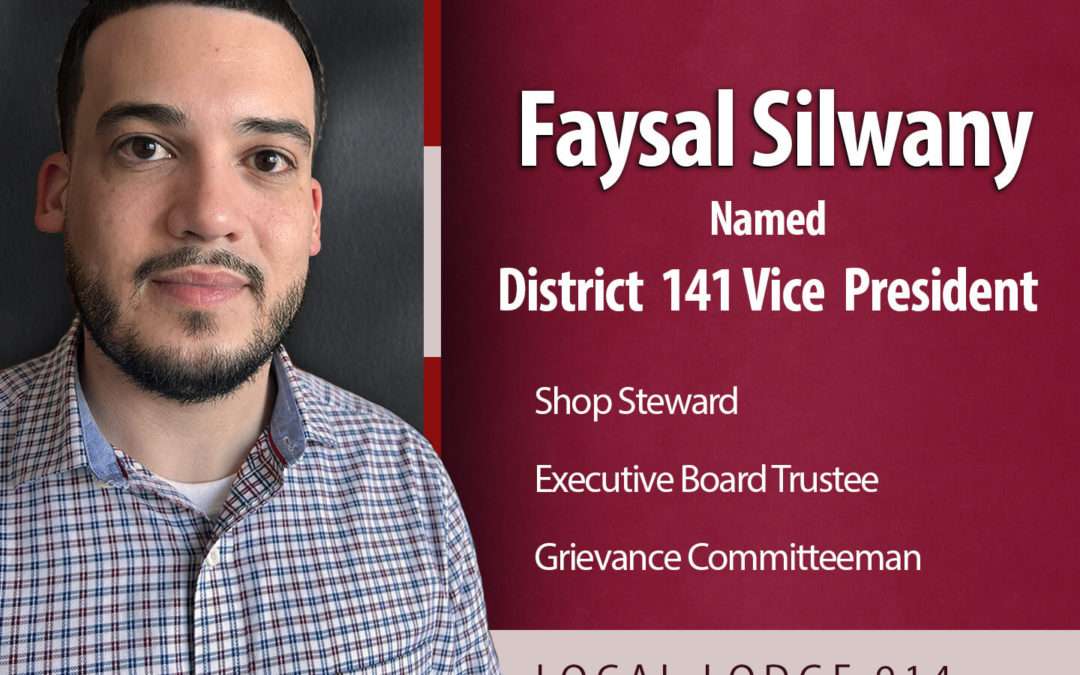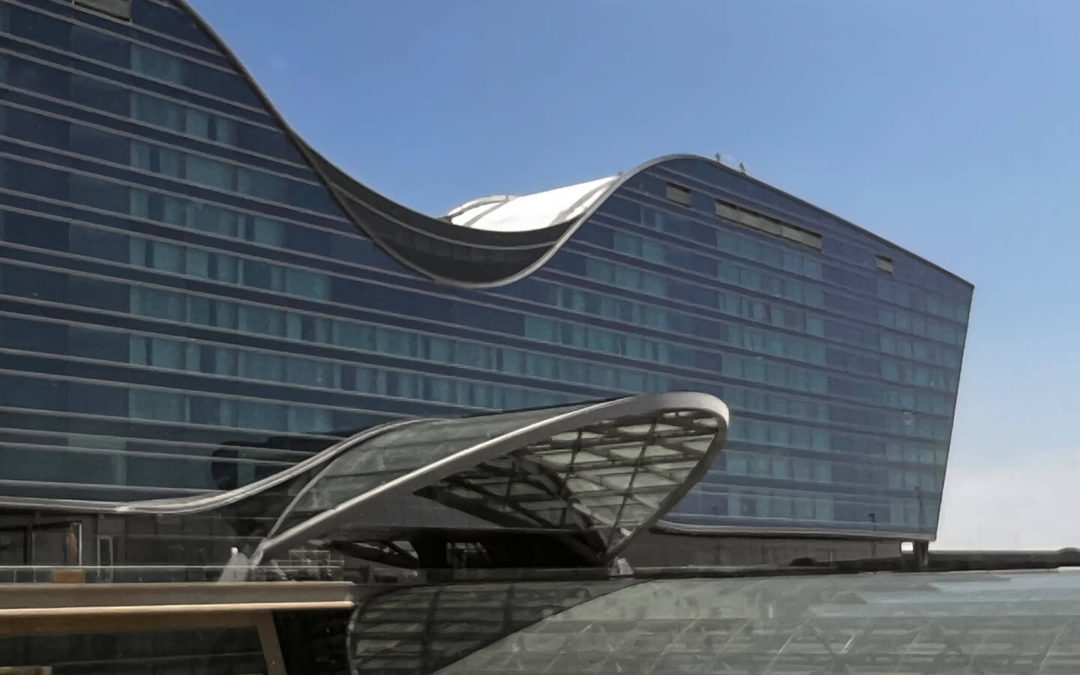
by Eric Price | Jan 9, 2024 | Featured, Featured News, Front Page, Recent News, Row 2, Safety, Uncategorized
Transcript: Alaska Airlines Pilot Calm Under Depressure Transcript: Alaska Airlines Pilot Calm Under Depressure IAM141.org 9 January 2024 The pilot flying the Alaska Airlines flight from Portland to Seattle last Friday is getting noticed for her super-chill handling a...

by Eric Price | Jan 8, 2024 | Featured, Featured News, Front Page, Row 2
New International President Bryant Sworn In New International President Bryant Sworn In IAM141.org 8 January 2024 As the new year of 2024 opens, so does a new chapter in the 135-year history of the IAM. Members of the IAM Executive Council on Friday, Jan. 5 took part...

by Eric Price | Dec 13, 2023 | Featured, Featured News, Front Page, Perusals, Row 2
Faysal Silwany Sworn in as Vice President of IAM District 141 Faysal Silwany Sworn in as Vice President of IAM District 141 IAM141.org 13 December 2023 CHICAGO – Faysal Silwany was sworn in as vice president by Machinists Union District President Mike Klemm in a...

by Eric Price | Nov 16, 2023 | American, Featured, Featured News, Front Page, Recent News, Recent News, Row 2
Unruly Woman Fined $40,000 Unruly Woman Fined $40,000 IAM141.org 16 November 2023 PHOENIX – Cayla Farris, a passenger on an American Airlines flight from Phoenix to Honolulu on February 13, 2022, has been ordered by United States District Judge Susan M. Brnovich...

by Eric Price | Sep 8, 2023 | Featured News, Front Page, Other News, Recent News, Recent News, Row 2, United
United Airlines’ Denver Hiring Spree Draws Hundreds from Guam IAM141.org September 8, 2023 United Airlines officials announced today that 460 residents of Guam have relocated to Denver after accepting positions as ramp agents, following a 2-day job fair held on...

by Eric Price | Aug 30, 2023 | Community Service, Community Service Page, EAP, Featured News, Front Page, Other News, Perusals, Recent News, Row 2, Safety, Uncategorized
Hurricane Idalia Emergency Resources Union Resources Contact your Assistant General Chair or Local Grievance Committee for help accessing the IAM Disaster Relief Fund. Disaster Relief Information Employee Assistance Program IAM141 Community Service Airports are likely...







